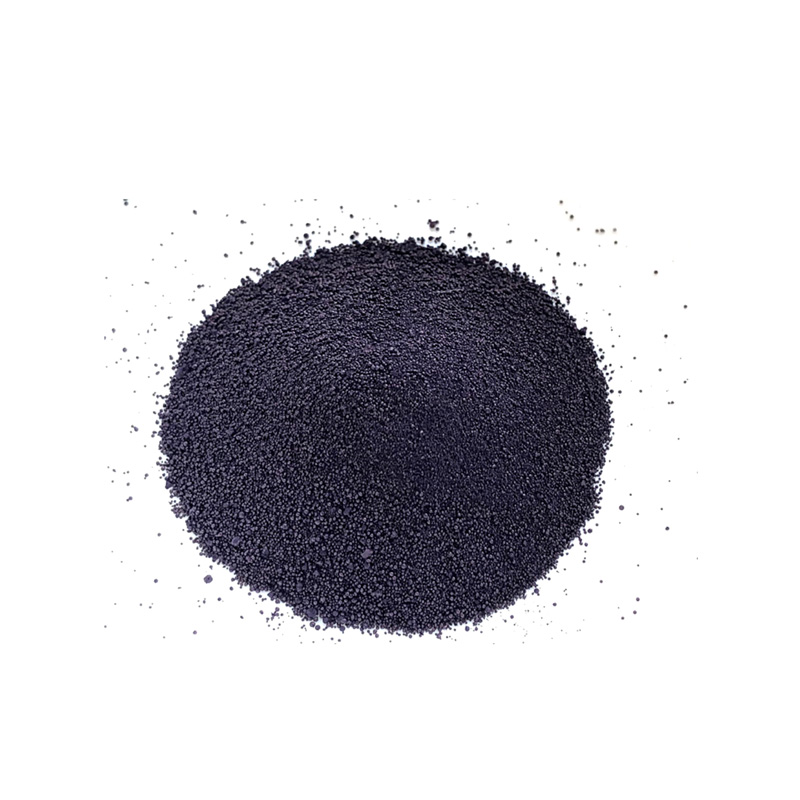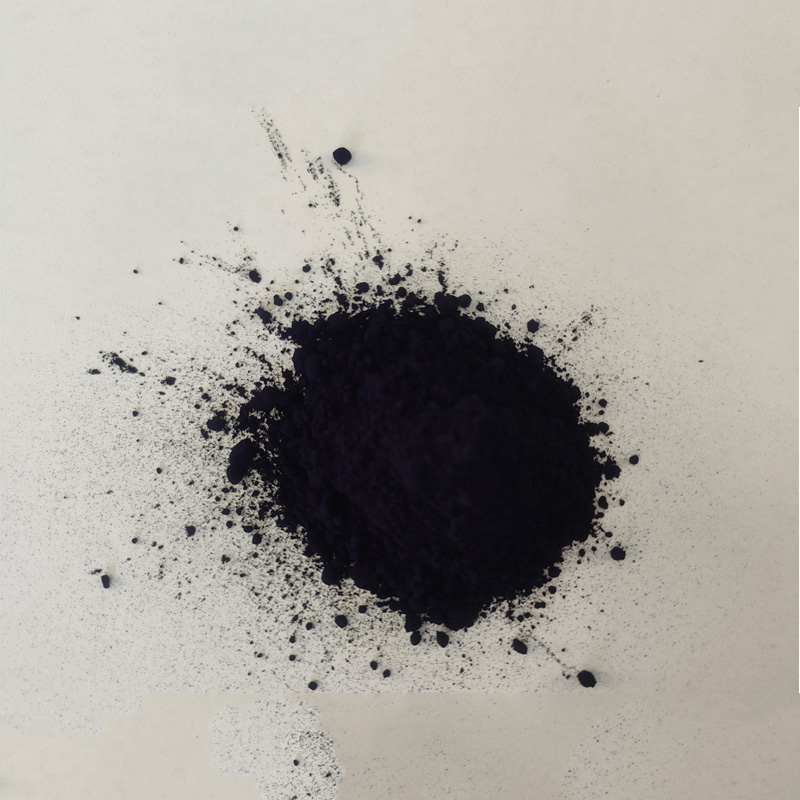Indigo Blue Vat Blue


The authority of indigo dye extends beyond fashion into various spheres such as art conservation and traditional crafts. Museums and heritage sites worldwide employ experts to meticulously restore historical garments, utilizing indigo's intermingling of rich pigmentation and longevity. The presence of indigo in these projects solidifies its status not merely as a dye but as a cultural artifact spanning history. Integrating indigo dye into product lines requires trust in time-honored methods and mastery of a craft demanding patience. Each lot of naturally dyed fabric requires keen attention to detail and expert knowledge. Businesses investing in this have reported not only increased customer satisfaction but also a fortified brand image that communicates respect for tradition and sustainability. The authentic appeal of natural indigo dye is undeniable; the hue it produces is timeless, versatile, and sought after across continents. In an age where consumers are increasingly interested in the origins of their products, embracing indigo natural dye isn’t just about following a trend—it’s about building a narrative of integrity and heritage. Brands can position themselves as both leaders in qualitative design and stewards of artisanal craftsmanship by dedicating themselves to this ancient practice. Indigo, in its purest, most natural form, embodies a dyeing technique that is as much art as it is science, ensuring its legacy continues to flourish in contemporary textiles.
-
Sulphur Black Dye: Deep Black, High Fastness for Textile & Denim
NewsAug.30,2025
-
Black Sulfide: The Molecular Alchemy Behind Superior Textile Coloring
NewsAug.29,2026
-
The Uses Of Indigo Dyeing Cotton Yarn Dye
NewsAug.29,2025
-
The Dye Performance Of Bromo Indigo Blue
NewsAug.29,2025
-
Sulphur Black Dyes Enhance Color Fastness
NewsAug.29,2025
-
Indigo Blue Powder's Chemistry Intrigues
NewsAug.29,2025
-
Leading Light Indigo Color Company | Premium Dyes & Pigments
NewsAug.29,2025

Sulphur Black
1.Name: sulphur black; Sulfur Black; Sulphur Black 1;
2.Structure formula:
3.Molecule formula: C6H4N2O5
4.CAS No.: 1326-82-5
5.HS code: 32041911
6.Product specification:Appearance:black phosphorus flakes; black liquid

Bromo Indigo; Vat Bromo-Indigo; C.I.Vat Blue 5
1.Name: Bromo indigo; Vat bromo-indigo; C.I.Vat blue 5;
2.Structure formula:
3.Molecule formula: C16H6Br4N2O2
4.CAS No.: 2475-31-2
5.HS code: 3204151000 6.Major usage and instruction: Be mainly used to dye cotton fabrics.

Indigo Blue Vat Blue
1.Name: indigo blue,vat blue 1,
2.Structure formula:
3.Molecule formula: C16H10N2O2
4.. CAS No.: 482-89-3
5.Molecule weight: 262.62
6.HS code: 3204151000
7.Major usage and instruction: Be mainly used to dye cotton fabrics.

